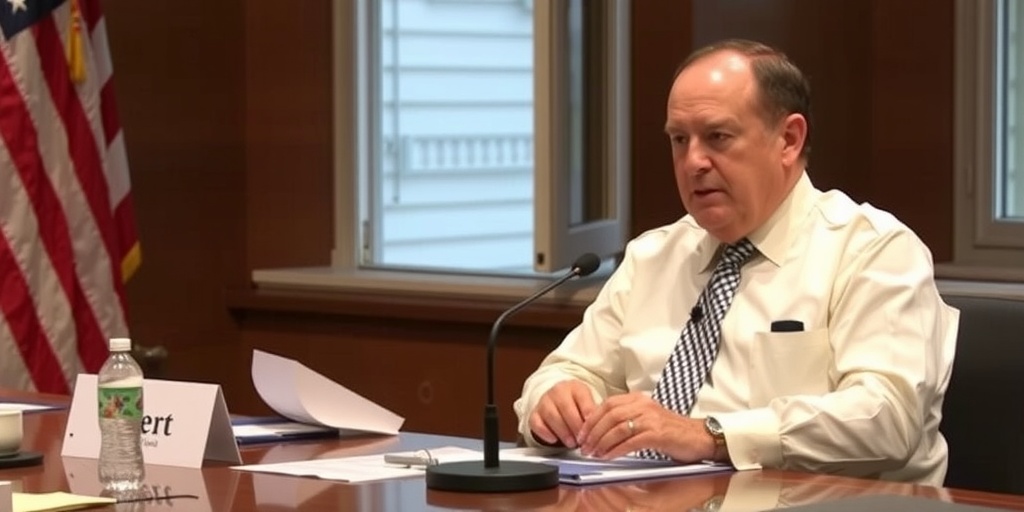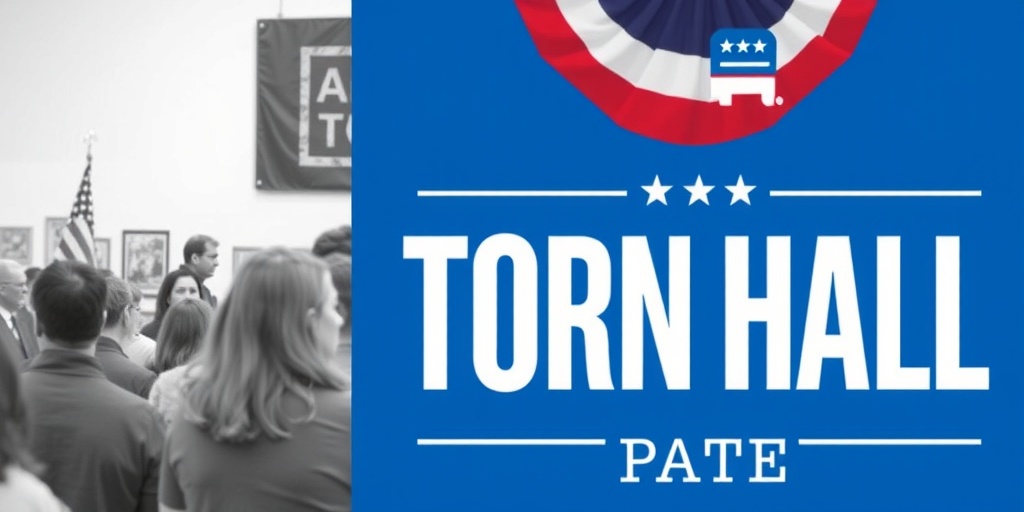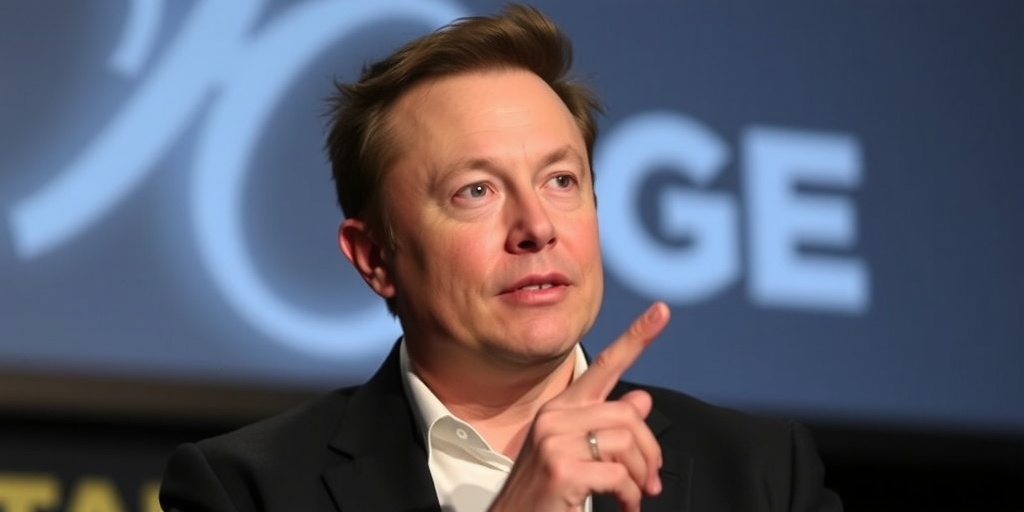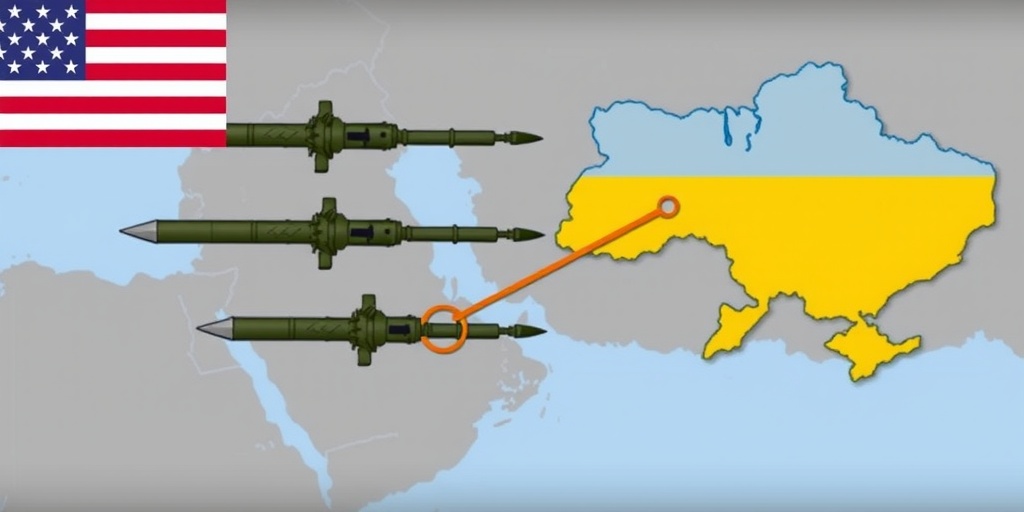Now Reading: Trump Promises ‘Great Television’ in Zelensky Showdown
-
01
Trump Promises ‘Great Television’ in Zelensky Showdown
Trump Promises ‘Great Television’ in Zelensky Showdown
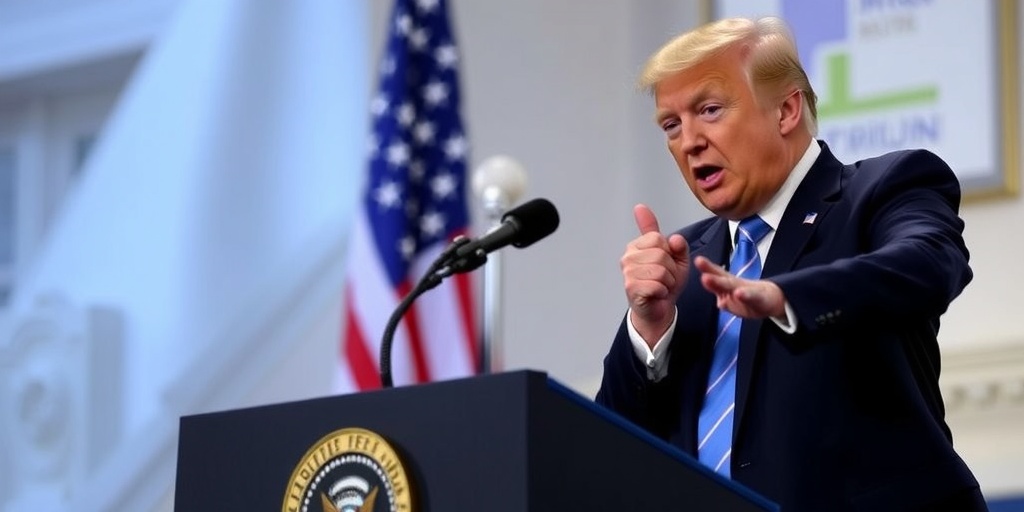
The Unconventional Oval Office Encounter: Trump and Zelensky’s High-Stakes Meeting
In a remarkable display of political theater, the recent meeting between President Donald Trump and Ukrainian President Volodymyr Zelensky in the Oval Office encapsulated the unique dynamics that define Trump’s style of leadership. While the world watched, the stakes were high, as this encounter could significantly impact not just bilateral relations but also broader geopolitical stability. However, what transpired was anything but ordinary, culminating in a surreal moment that exposed Trump’s penchant for performance even amidst serious discussions.
As the meeting concluded, Trump, ever the showman, leaned back in his chair and made a seemingly trivial observation: “This is going to be great television.” This comment, while possibly intended to lighten the mood, underscored a jarring reality—leaders were negotiating matters that could have grave consequences for millions, yet Trump was fixated on the spectacle of the moment. His approach seemed more akin to that of a reality TV star than a world leader engaged in high-stakes diplomacy.
For Trump, ratings and the visual narrative of events have always been paramount. His history as a television personality set the stage for this moment, allowing him to approach the Oval Office as if it were a set, where every action could be replayed across global news outlets. While this showmanship has proven effective in attracting attention, treating diplomatic discussions with the same lens could distort the seriousness of the issues at hand.
The meeting was characterized by a distinct tension. Trump’s demeanor suggested a reluctance to treat Zelensky as an equal partner in dialogue. When Zelensky arrived, Trump made what was intended as a humorous jab at the Ukrainian leader’s attire, noting sarcastically, “He’s all dressed up today.” This comment hinted at Trump’s expectation for certain norms of appearance and decorum, reinforcing the notion of hierarchy in their relationship.
As the discussions progressed, it became clear that Trump was eager to portray his authority, using the moment to solidify his image as the dominant figure in the room. Even after the meeting, Trump played to the cameras with an imitation of Zelensky, stating, “All of a sudden, he’s a big shot,” illustrating his need to maintain control of the narrative in a setting that should ideally promote mutual respect and collaboration.
The dynamics between the two leaders revealed deeper undercurrents. European heads of state who had visited Washington in recent weeks understood how to navigate the performance aspect of engaging with Trump. For instance, French President Emmanuel Macron’s gesture of holding Trump’s hand signified an attempt to connect and engage on a personal level, while British Prime Minister Keir Starmer’s presentation of a letter from King Charles III was an effort to construct a favorable image in front of an audience.
Conversely, Zelensky, who had previously been adept in the media landscape as a television actor, appeared to reject the role of supplicant that Trump seemed to expect. Instead of playing into the dramatic political expectations, Zelensky sought to assert Ukraine’s position and needs. This pivot created a clash of styles that highlighted the differences between how both leaders communicate and perform in front of the media.
Compounding the tensions was the involvement of Vice President JD Vance, who admonished Zelensky for what he termed “disrespectful” behavior, suggesting that the Ukrainian leader was attempting to litigate matters in front of the press. However, given Trump’s own history of leveraging the media to mold public perception, this admonition seemed contradictory and further complicated the atmosphere within the Oval Office.
As the meeting drew to a close, anticipation for a subsequent press conference turned to disappointment as Trump announced its cancellation. Outside, a crowd of journalists awaited what was anticipated to be a key moment in diplomatic reporting. Instead, they witnessed the chaotic retreat as cameras swarmed to capture Zelensky’s departure, underscoring the media frenzy that surrounded the encounter.
In summary, the meeting between Trump and Zelensky exemplified a clash of political styles and a redefinition of diplomatic norms in the age of media spectacle. With Trump’s fixation on public perception and Zelensky’s determination to assert Ukraine’s position, the encounter served as a reminder of the challenges inherent in modern diplomacy. As Zelensky left the White House, the world was left to question not just the future of U.S.-Ukraine relations but the broader implications of a leadership style that prioritizes performance over substance.
Stay Informed With the Latest & Most Important News
Previous Post
Next Post
-
 01New technology breakthrough has everyone talking right now
01New technology breakthrough has everyone talking right now -
 02Unbelievable life hack everyone needs to try today
02Unbelievable life hack everyone needs to try today -
 03Fascinating discovery found buried deep beneath the ocean
03Fascinating discovery found buried deep beneath the ocean -
 04Man invents genius device that solves everyday problems
04Man invents genius device that solves everyday problems -
 05Shocking discovery that changes what we know forever
05Shocking discovery that changes what we know forever -
 06Internet goes wild over celebrity’s unexpected fashion choice
06Internet goes wild over celebrity’s unexpected fashion choice -
 07Rare animal sighting stuns scientists and wildlife lovers
07Rare animal sighting stuns scientists and wildlife lovers













